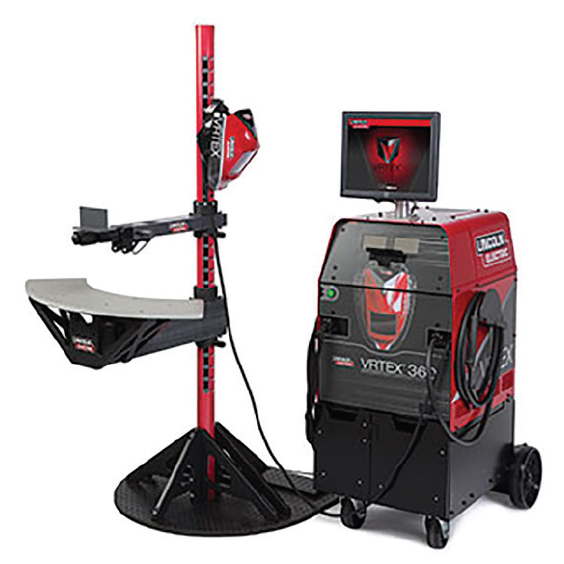Guest editorial
Matthew Wallace, CEO and President, VRSim Inc.
This article was published in the August 2018 edition of NTEA News.
Matthew Wallace, CEO and president of VRSim Inc., will present Using Augmented and Virtual Reality to Transform Small and Mid-Sized Companies on Oct. 16, 2018, at NTEA’s Executive Leadership Summit. His interactive session will explain augmented and virtual reality technology, new applications, and how it is being deployed as a tool to enhance sales and R&D, in addition to improving product and customer support.
Whether your company is the largest OEM or the smallest fleet maintenance shop, recruiting, training and retaining skilled tradespeople are mission-critical to your success. Immersive training is a more effective, engaging learning method that suits modern generations without abandoning others. In the next decade, it could become one of the most important vehicles for delivering meaningful, adaptive training for skilled trades.
Instead of dull formula and dry material recited in a textbook or manual, immersive training provides high-impact experiences. Learning becomes practical, experiential and immediate. In manual arc-welding, for example, Lincoln Electric’s VRTEX® 360 uses virtual reality to provide an experience with instant, aggressive feedback for manual welding processes. Trainees learn how torch movement builds a proper puddle and how to avoid defective welds. Linkage between torch movement, body position and correct machine settings can only be formed with practice, which is encouraged and accelerated through an immersive simulation. The fundamental idea is to learn by doing.
Augmented and virtual reality (sometimes referred to as mixed reality or MR) provides newer, faster, robust methods of making learning visual, interactive and compelling. This approach gives trainers the option to analyze high-quality trainee performance data that isn’t possible in a traditional model. Research demonstrates learning by experience greatly improves knowledge outcomes and motivates trainees. Improvement is pronounced for younger learners.
But does it work? Do benefits outweigh costs?
Can virtual reality training translate into better welders? A 2013 Iowa State University study (Full Virtual Reality vs. Integrated Virtual Reality Training in Welding by Elease McLaurin, Richard T. Stone, Kristopher Patrick Watts and Peihan Zhong) compared a blended training approach (50 percent virtual and 50 percent traditional) with fully traditional methods. As expected, in simulation-based activities, blended training students consumed fewer raw materials. Certification rates for these participants surpassed those of their traditionally trained counterparts by more than 40 percent. This included a stronger mastery of more difficult welds. Critically, the study found increased rates of collaborative learning and open communication among the students.

VRTEX 360 virtual welding trainer (photo courtesy of Lincoln Electric).
Immersive, problem-based training creates opportunities to leverage intrinsic-based learning and foster dynamic communication. In addition to mastering accessible, repeatable learning experiences, trainees improve soft skills that create strong teams.
Performance scores distill competitive fuel, setting a bar for learners to surpass. The same psychology that drives people to play endless hours of Candy Crush Saga will motivate learners to work toward perfection. Repetition is critical to skill development.
For trainers, using objectively-scored simulations offers a significant engagement and tracking boost. Realistic scoring systems grade project performance and allow for graduated and adaptable learning progression.
For training managers, the ability to evaluate performance with measurable comparison provides insight on individual student qualities and creates a quantifiable demonstration of a business’s training effectiveness. This information enables the manager and company to make informed, data-based decisions on teams, training, programs and skill capabilities.
If you’re thinking the investment associated with these training technologies is significant, you’re correct. Simulation equipment and software costs can vary from a few dollars per student for simple augmented reality-based training to tens of thousands of dollars for an accurate heavy crane simulation. And this is not the only expense.
Putting disruptive technologies into practice requires thoughtful consideration and planning. Realizing your company’s full benefits requires more than a cash investment. The institution must invest in change and accept the cost of adapting to a new way of thinking and training.
Immersive training can be an effective, efficient way to teach tomorrow’s workforce the skills needed for success. Investing in your training program can help prepare your company and employees for the future.
Register to attend Executive Leadership Summit, where you’ll get more insight from Wallace and other subject matter experts, at ntea.com/executivesummit.